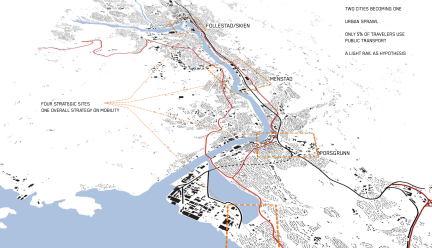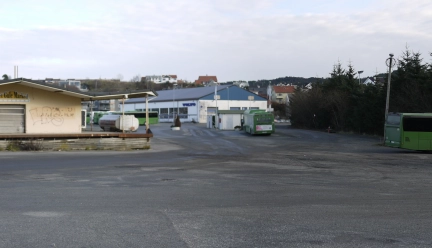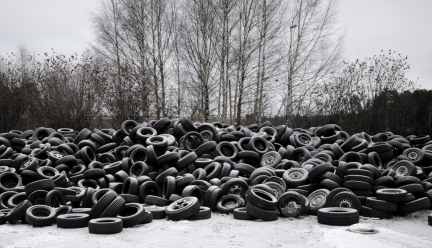Resonance between territories and ways of life

The Europan 11 competition is taking place in conditions marked by a strong commitment amongst European cities to very stringent environmental objectives. Following the Copenhagen climate change summit in 2009, municipalities became aware of the importance of what they do alongside central government to limit greenhouse gas emissions, control energy consumption and manage (or preserve) rare and non renewable resources such as water, as well as to diminish pollution of different kinds. As a general rule, they are trying to achieve greater autonomy, in both food and energy, and want to develop societal innovations in order to encourage every citizen to adopt an eco-responsible lifestyle. These geopolitical concerns need to be reflected in the design of urban spaces at the urban and architectural scale.
THE OBJECTIVE: URBAN ADAPTATION
Good-quality planning with a focus on sustainability should generate an evolution in its environmental and human components that is consistent on all scales. It has become a strategic factor, since it can enhance the economic, social and cultural attractiveness of a region, city or locality, and also boost local identity.
THE CHALLENGE: TO COMBINE URBAN AND NATURAL FABRIC
For a municipality, the quest for sustainability entails the production of areas that bring quality of life to everybody, in other words the reappropriation of public space and ease of access to amenities and services.
A sustainable approach also involves tackling the question of nature. Whether developed, wild or in the form of local agriculture, nature needs to be reconciled with the urban fabric in order to enhance the territories of the city and protect resources, biodiversity and the urban future.
THE PRIORITIES: DENSIFICATION, ACCESSIBILITY AND CONNECTION
A city or conurbation that is seeking to achieve a degree of sustainability must moderate its horizontal expansion in order to limit its consumption of unbuilt land and thereby prevent urban sprawl. Sometimes it may even need to recycle or reduce its built-up areas, and reorder its existing fabric. In any case, thinking about the future requires the development of a prospective approach to the identification of local specificities.
The sharing of created spaces and access to the different municipal services promotes social relations between citizens. Whatever their scale, areas interact and it is essential to develop these connections and interdependencies in systems that extend from the local to the global. These connections must also allow access to knowledge and the confrontation of ideas.
THE REQUIREMENT: TO DESIGN URBAN PROCESSES WITH THE CAPACITY TO EVOLVE
For this purpose, Europan 11 entrants will need to propose an environmental development strategy and projects that have the potential to evolve and take account of the specific identity of the different locations.
Project designs will also need to include a method of achieving development that is appropriate to the scale of the site, despite the unknowns that may arise with the passing of time.
To fulfil this goal, the architect will need to bring together multiple skills (planning, landscape, environmental, economic, etc.). Only a synergy between different approaches will meet the challenge.
SITES: INCORPORATING CONTEXTUAL DIVERSITY
Geographical and territorial locations have their own specific character, so the remit will need to be diverse to obtain solutions that reflect the particular requirements of the site.
This is because every site, whatever its size, interferes with the surrounding area and this interference will depend on its scale. It will have to contribute to ensure that every new local or wider operation constitutes an enhancement within a global context by adding significant value. Finally, the site forms part of a specific urban culture that differs from country to country, which will need to be identified to allow competitors to take it into account.
The sites
-

Skien-Porsgrunn
How can new infrastructure be used as a successful tool that will contribute to regional, urban,…
-

Haugesund
Haugesund’s Historic Centre suffers from a classic urban predicament: the draining of commercial…
-

Oslo
Formerly being associated with waste and bad smell, how can Grønmo be transformed into something…